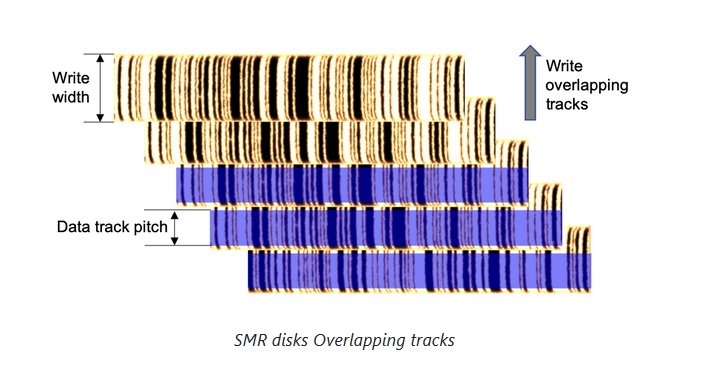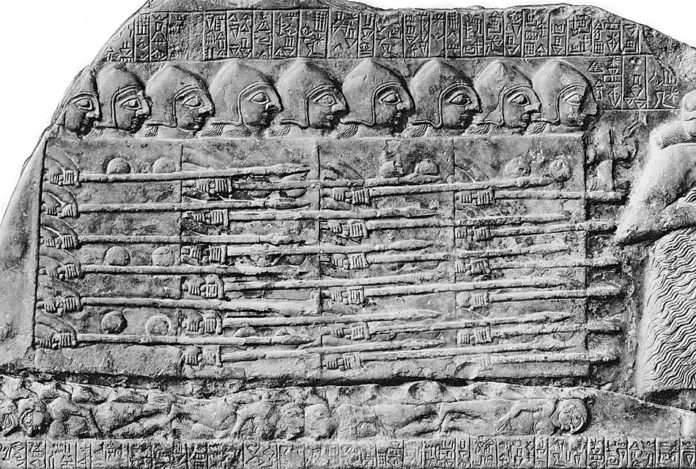Western Digital has found a software partner called Kalista.IO that makes host-managed shingled magnetic recording drives appear like normal drives to applications.
Shingled Magnetic Recording crams more read tracks on a platter than conventional disks and so increases drive capacity. The technology partially overlap write tracks – taking advantage of the fact that a disk drive’s write tracks are wider than read tracks. The tracks are organised into groups or zones, with a space between them.

However, an entire zone of tracks has to be read, erased and re-written when new data replaces old data on an SMR drive. This is time consuming and can sometimes result in longer than normal latencies when a lot of writes are queued to a drive. These so-called tail latencies mean SMR drive performance is inconsistent and unpredictable.
The SMR drive can manage the rewrite process (drive-managed SMR) or a host server can do the job by modifying applications or adding a software layer (host-managed SMR.) The need for this application change has slowed SMR adoption. Now WD thinks it has found a way to overcome this obstacle.
Phalanx
Kalista IO has developed ‘Olympus’ software which makes SMR or zoned disk drives faster at writes. Olympus is available as a hardware appliance, software package and virtualized image. It has two primary services: storage (Phalanx) with a unified object, block and file interface, and compute orchestration (Abacus). They can be deployed, scaled and used independently.
Phalanx works with conventional HDDs and SSDs and zoned block devices like SMR HDDs. There is no need to recompile or change existing application software and there is no Linux kernel module to install.

The software has a row and column architecture that prevents concentration of ‘hot writes’ to a drive. This minimises IO contention and scales performance with capacity.
The software has a device-aware and log structured data layout. Phalanx eliminates random writes and minimises IO contention by evenly distributing the sequential write workload across drives, thus preventing hot write areas. Performance and capacity is scaled out by adding drives.

Phalanx has three internal software layers:
- Data access layer provides file, object and block interfaces
- IO engine layer calculates optimal data placement and prioritises incoming requests
- Device management layer optimises IO requests for each device and manages its state
There is a separate metadata store to increase scalability, efficiency and robustness.
Phalanx with Ultrastar
Kalista is working with Western Digital to apply Phalanx to WD’s Ultrastar HC600 host-managed SMR drives, with Hadoop and Ceph usage in mind. The companies say Phalanx provides consistent and predictable performance with no long tail latencies.

The 14TB HC530 is a non-SMR, conventionally recorded drive. The 15TB HC620, is an SMR drive.
A joint Kalista and WD Phalanx solution brief describes the performance advantages in Hadoop and Ceph workloads. The testers compared the performance of Phalanx with host managed SMR HDDs against legacy file systems with conventional non-SMR HDDs.
Phalanx delivered a 58 per cent increase in average IOPS and a 10x gain in performance consistency with Ceph Rados write bench. It provided a 19 per cent higher average throughput with Hadoop TestDFSIO read bench.
Kalista.IO
LinkedIn lists one Kalista IO employee – Albert Chen, who founded the company last year. Chen is a software engineer whose career includes stints at 3Com, Nishan, MaXXan Systems, Microsoft and Western Digital. At WD he was an ecosystem architecture engineering program director.








